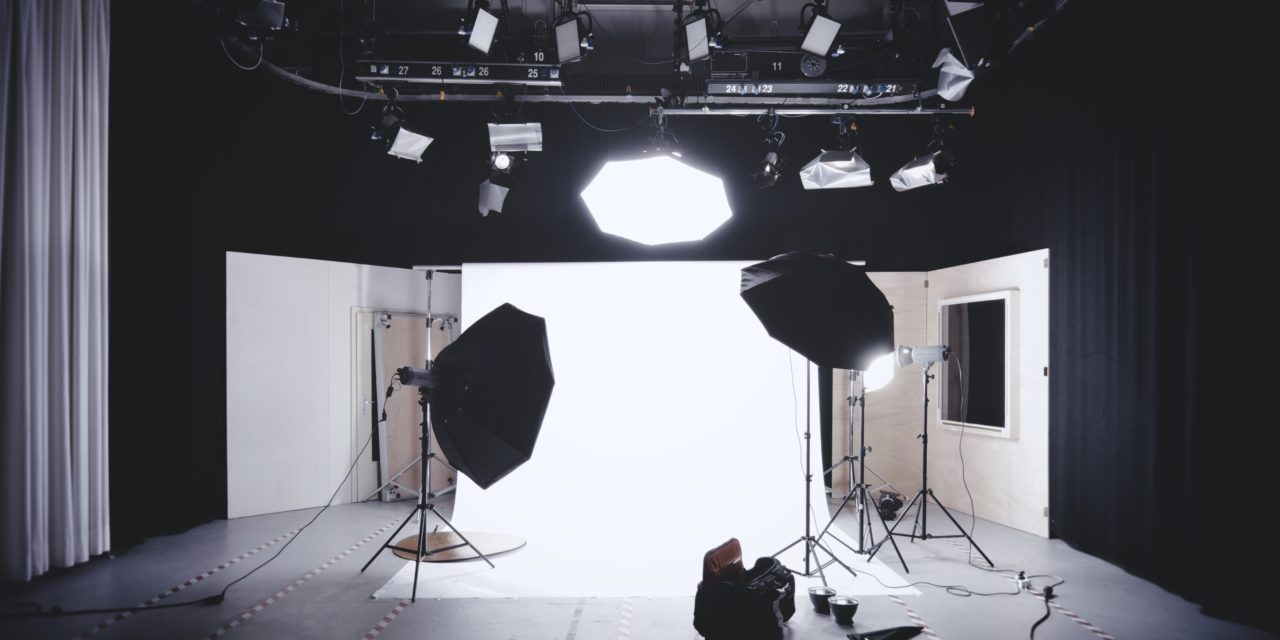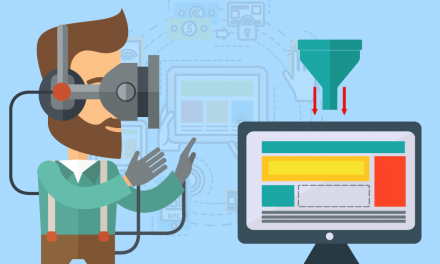Content creation can be intimidating, we get it. Having the right tools can make video content creation so much easier. Today we will explore the best video equipment for real estate video marketing. Everything from the essential items you need to get started to the optional tools that will truly elevate your real estate content to the next level.
Is my smartphone good enough for real estate videos?
Your smartphone is absolutely good enough to get started with video creation. Smartphones today have all kinds of advanced features that allow you to take high-quality videos. From wide-angle lenses and enhanced low-light features to slow-motion modes, and more! Most smartphones are more than capable of getting the job done.
These features also allow you to create content that’s interesting and stimulating to watch. When you add the right accessories, you can take your smartphone videos to the next level.
Now, some agents let a lack of equipment prevent them from producing video content. But that’s not you, right? Don’t let that hold you back! The best strategy is to just get started ASAP.
Remember, you can always upgrade to better video equipment once you get into the habit of creating content regularly. For beginners, the most important thing to do is just start.
Do I need a DSLR for real estate video marketing?
If you’ve mastered using your smartphone for video content, then you might be ready for an upgrade. So, is a DSLR the best way to go? Not necessarily.
DSLRs are a great option. And most of them are capable of producing beautiful 4K quality videos. The Canon EOS Rebel T6 is a great place to start if you’re new to DSLRs. It may not shoot in 4K but it is capable of filming in full HD at 30, 25, and 24 frames per second. If you feel ready for something a little more advanced, the Nikon D500 shoots in beautiful 4K and has an easy-to-use touch screen display.
But, on the flip side, DSLRs come with a learning curve. And if you don’t know how to properly use your DSLR, your video content could suffer. So, If you’re not ready to become fully versed in how to use your camera, DSLRs might not be for you. But don’t worry, they’re not the only option out there.
Camcorders may bring fond memories of Home Alone 2 and seem out of date in 2021. But plenty of agents still reach for them because they are incredibly straightforward to use. Now, we don’t recommend using Kevin McAllister’s TalkBoy. Modern options like the Sony FDR-AX43 are compact and easy to use but still record 4K video. The Sony camcorder also has built-in stabilization as well.
Mirrorless cameras, work too. And they’re an excellent beginner option. These cameras are often lighter and more compact than a DSLR. This makes using certain camera accessories, like a gimbal, way easier. Mirrorless cameras will often feature things like a live display screen. Some cameras will even let you flip that display around, which is perfect for selfie shots.
Our picks for Mirrorless cameras are the Panasonic Lumix G100 or the Sony A9 Mark II. The Panasonic camera is popular among vloggers largely due to its reversible display screen. If you plan on doing a lot of selfie walking and talking videos, this camera will come in handy. The Sony camera, on the other hand, is a little more advanced. But this mirrorless camera shoots impressive video that rivals some DSLRs.
Do I need a microphone for real estate videos?
When we think of quality videos we often think about how crisp and clear the image is. But sound should never be overlooked. Sound is arguably the most important feature of video content. Especially if your video involves lots of narration.
When you film something without a mic, you’re relying solely on your camera’s internal microphone. These internal mics are simply not reliable or good enough.
Imagine you’re at a local coffee shop and you’re recording an interview with the owner. Your internal microphone is going to pick up all of the background noise in the coffee shop, which can drown out what your interviewee is saying. Even if you don’t pick up any background noise, the audio is likely to sound far away. If people can’t properly hear what’s being said, they have no other reason to watch your video.
When it comes to purchasing a microphone, you’ve got 2 primary options. Lav Mics and Shotgun Mics. Lav Microphones are best for audio quality overall. These microphones rest on the collar of a shirt, for example, allowing the microphone to focus on the proximity of sound. In other words, it picks up the audio of you talking, rather than what’s going on in the background. Lav Microphones can be much more expensive than the Shotgun counterpart.
A Shotgun microphone on the other hand, may capture more background noise as it’s directional. These microphones plug directly into the device that you’re filming with and focus on picking up sound from what they are pointing towards. The great thing about shotgun microphones is that they can often be a much cheaper alternative.
The most important thing when it comes to audio in an interview is not actually the microphone that you’re filming with. Rather, the environment that you’re filming in. You may have the most expensive microphone out there, but if you’re recording a zoom meeting with construction going on at the office, you’re going to notice the background noise.
What video accessories do I need for real estate photography and video?
Gimbal: Gimbals, while on the expensive side, are a tool you won’t want to live without. These battery-operated tools use motors and sensors to correct any shakiness in your video. When you see a super smooth home tour video, odds are they used a gimbal to get the footage. There are a wide variety of gimbal models on the market. The best one for you will depend on what equipment you’ll be filming with. For example, a smaller gimbal might be able to handle your iPhone but may struggle with the weight of a DSLR.
Tripods: When you’re a solo agent, or just starting out with video creation, a tripod can really come in handy. You can find tripods at all different price points, and even some of the cheapest ones are more than capable of making sure your videos aren’t shaky. Some of the more advanced tripods even have built-in lighting options. However, if your video involves a lot of movement, a stationary tripod will be a bit cumbersome.
Selfie sticks: Selfie sticks are another tool that makes self-shooting so much easier. Unlike a gimbal, a selfie stick does not auto stabilize your shots. It is, however, affordable, easy to transport, and super fast to set up.
Additional camera lenses: Once you’re comfortable using a DSLR you might want to play around with different lenses to get more interesting shots. When it comes to filming properties and neighborhoods, a wide-angle lens can really come in handy. Think of these items as gravy. Not entirely necessary, but they can definitely elevate your final product.
External hard drives: If you’re taking video content creation seriously, then an external hard drive is going to come in handy. Video footage can take a lot of space to store. And you’ll want to have a place to back up your files so you won’t accidentally lose one.
Another option for backing up your video files is cloud storage. You will, of course, need an internet connection to access it, but it’s a simple and affordable option. In some ways, cloud storage isn’t quite as safe as a physical hard drive. But, you can’t spill a cup of coffee on cloud storage.
Lighting: When it comes to lighting in videos, take advantage of natural sunlight whenever you can. But, remember weather can be unpredictable. Having a backup lighting option is a good idea. Some smaller ring lights and square LED lights can be attached directly to your camera, tripod, or gimbal for ease of shooting.
Beginners will typically start with one light source. This may even be the overhead lighting in the home or building you’re filming in. If that’s the case, you will encounter two types of light: tungsten and fluorescent. Tungsten light gives off a warm, yellowish glow, while florescent lights tend to cast a blueish-hue. Both of these color issues can be corrected with your camera’s white balance, so focus on having enough light rather than the color of light.
As you gain more videography experience, you may want to move to a two-light setup. When working with two lights you will have a key light and a fill light. These work together to both illuminate your subject and to add or remove shadows from the shot.
Professionals typically use a three-point lighting system. This includes the key light, fill light, and a backlight. Backlighting gives definition to your subject and helps them stand out from the background of the shot.
Is real estate drone videography worth it?
Yes! Some realtors tend to shy away from new technology. But drones are undeniably valuable for your real estate video marketing efforts. Statistics indicate that homes that use drones in their video marketing sold 68% faster than those who don’t use them.
Now, drones may be an expensive item. But, hiring a professional videographer who uses drones will be worth the investment in the long run. This may feel like an advanced option, but it’s one worth embracing.
References:



![How To Create A Real Estate Marketing Budget [Free Template]](https://localleader.com/wp-content/uploads/2018/01/shutterstock_403880995-440x264.jpg)


